
Supporting sensory regulation in early childhood is crucial for young children's participation and early learning, and fortunately, recent AI innovations are unlocking new possibilities, equipping busy educators with smarter methods to identify and support these children through enhanced observation, evidence-based planning and modified environment setup.
For example, Maria was an energetic and bright 4-year-old who loved imaginative play and learning new things. However, teachers noticed she would often cover her ears and avoid the blocks and dress-up stations which tended to be noisy.
She had trouble focusing when children were shouting or toys were loud. Maria would even refuse to participate in music and movement activities that were too overwhelming.
Her educators realised Maria likely had sensitivities to certain sounds and textures impacting her participation. With guidance from an occupational therapist and accommodations like noise-cancelling headphones and access to calmer play areas, Maria began engaging in day to day activities again.
She could regulate her environment to meet her sensory needs.

Stories like Maria's demonstrate how critical it is for educators to understand and accommodate children's unique sensory preferences. Some children may be overwhelmed by textures, lights, or sounds that their peers find enjoyable.
Supporting each child's sensory needs can be challenging with traditional tools and thinking. I've experienced this firsthand with one of my own children and many that came through my family daycare doors over the years.
And time is always a challenge in our busy profession.
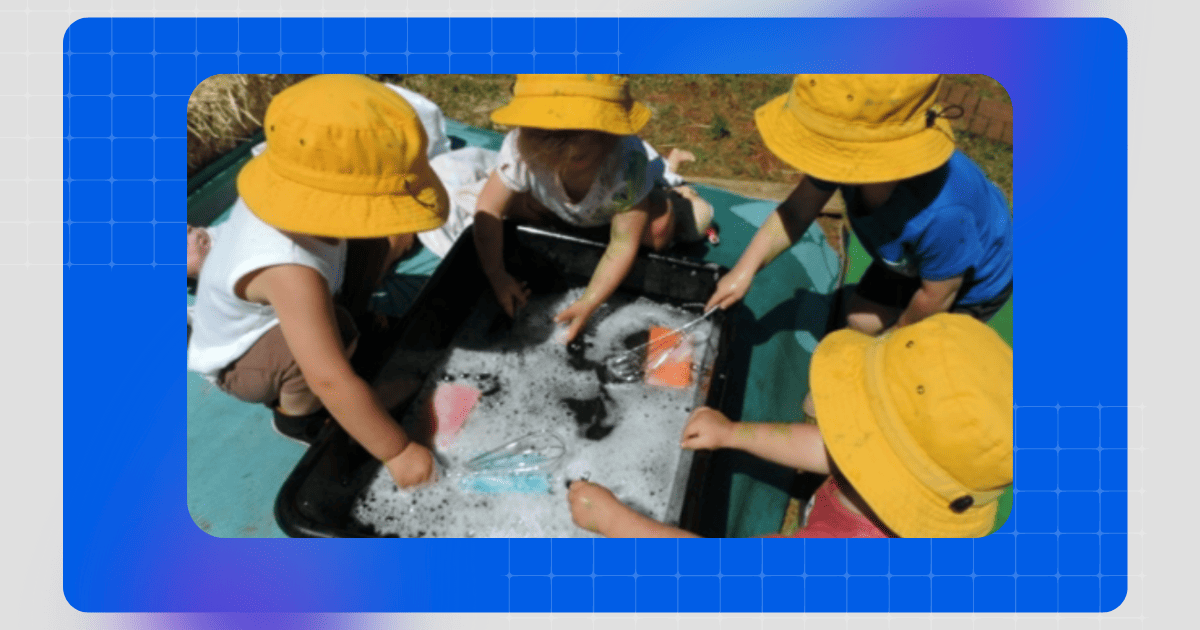
So, in this blog post, I want to share with you how AI tools like ChatGPT, Bard and Claude-2 can become our assistants to help efficiently uncover children's sensory differences and challenges.
It might surprise you when I say that with AI as an educational 'assistant' or 'partner' , we can now gain deeper insights that will help us further tailor our learning environments and future activity planning to help all children adjust sensory input in a way that unlocks their enjoyment and engagement.
I realise it might sound as if I'm talking about something I read in a science fiction novel, so let me explain how you can use a new AI tool like ChatGPT in your work to benefit the children in your care...no UFO's required I promise.
Even if you have no clue what I’m talking about with AI (artificial intelligence) and prefer to run from a computer rather than talk to it , you will find this information just as useful because I’m going to break it all down for you AND give you a template and action steps you can follow so you’ll be using AI to make your work as an educator easier and more rewarding before you know it!
Let's cover some sensory processing basics first...
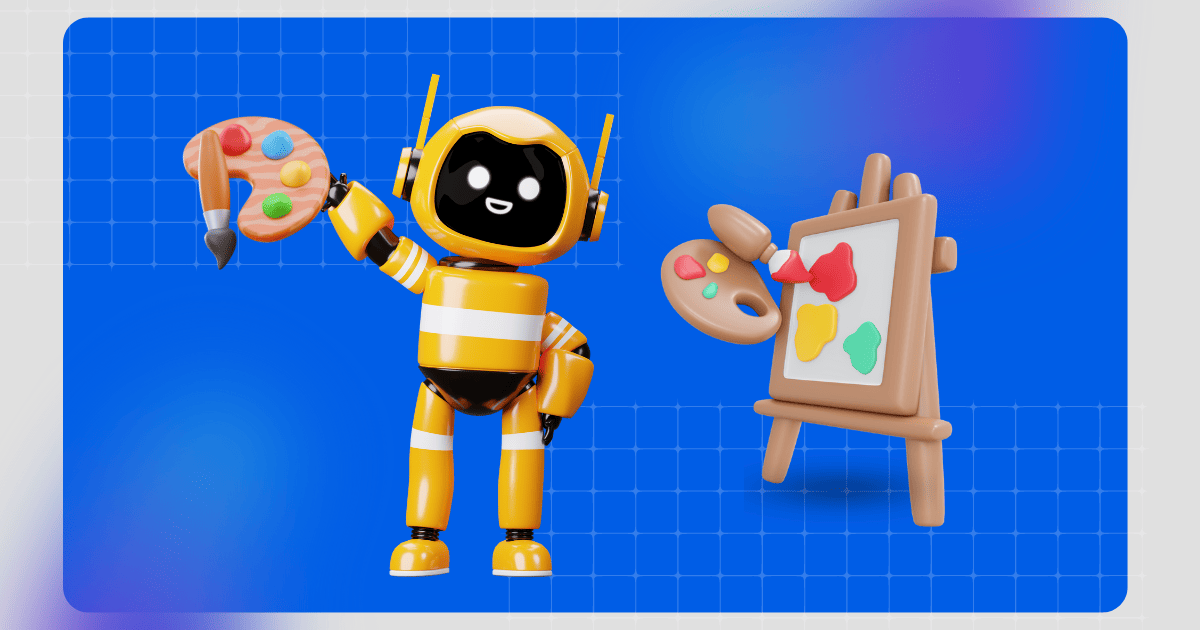
Understanding Sensory Processing Differences in Young Children
We know that our senses allow us to take in and understand information about the world.
Sight, sound, taste, touch, and smell work together to create perceptions and experiences.
Young children encounter countless sensory inputs each day within busy, active early learning environments, however, their developing nervous systems are still learning how to process and organise this sensory information.
Sensory-seeking and sensory-avoidant behaviours reflect differences in sensory processing.
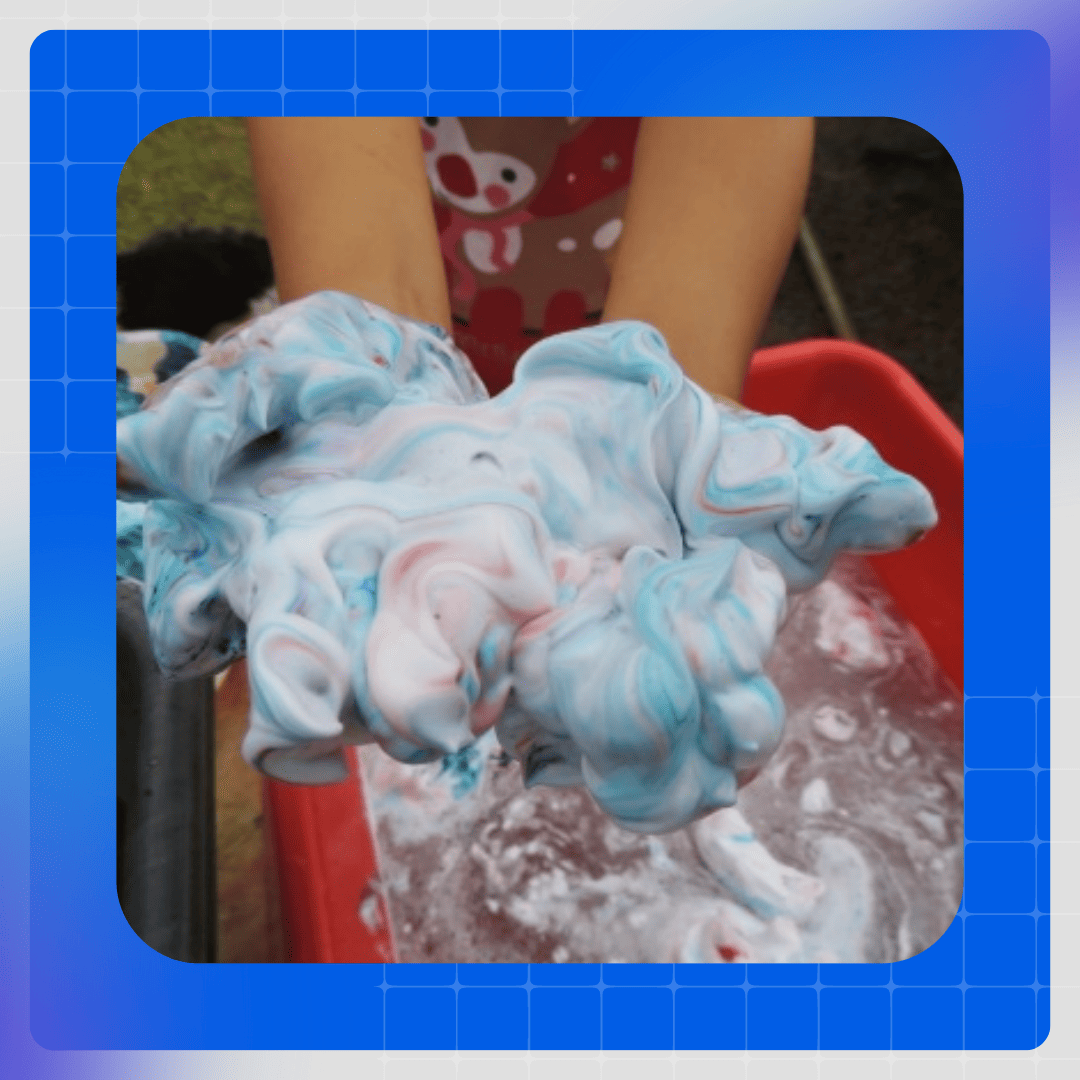
When sensory input aligns with a child’s preferences, they can focus and participate more fully in learning.
But overwhelming sensations outside their comfort zone may lead to dysregulation, distraction or avoidance.
This can often be incorrectly observed as a child with ‘behaviour challenges’ or in my case, being told your 15 month old has ADHD (which I knew from my training and experience just wasn’t the issue - yet my opinions were ignored and I was consistently dismissed as an annoying mother by 2 pediatricians until we found a wonderful occupational therapist who made such a difference)
It’s important that we use our knowledge of each child along with the observations we record to tune into each child’s ‘regular’ or 'consistent' behaviours and unique sensory needs so that we can quickly modify environments and activities when needed sooner, allowing them to process information in a balanced way that takes them into their ‘zone of regulation’
Becoming more aware and making even small modifications supports self-regulation skills and builds the foundations for learning across all domains, from motor to language and cognition.
When we have a more comprehensive understanding of a child's sensory world it allows us as educators to better extend on their holistic development and engagement.
It doesn't mean singling the child out or making them feel different - it means we provide opportunities to interact with experiences differently...in a way that feels 'safe' to them
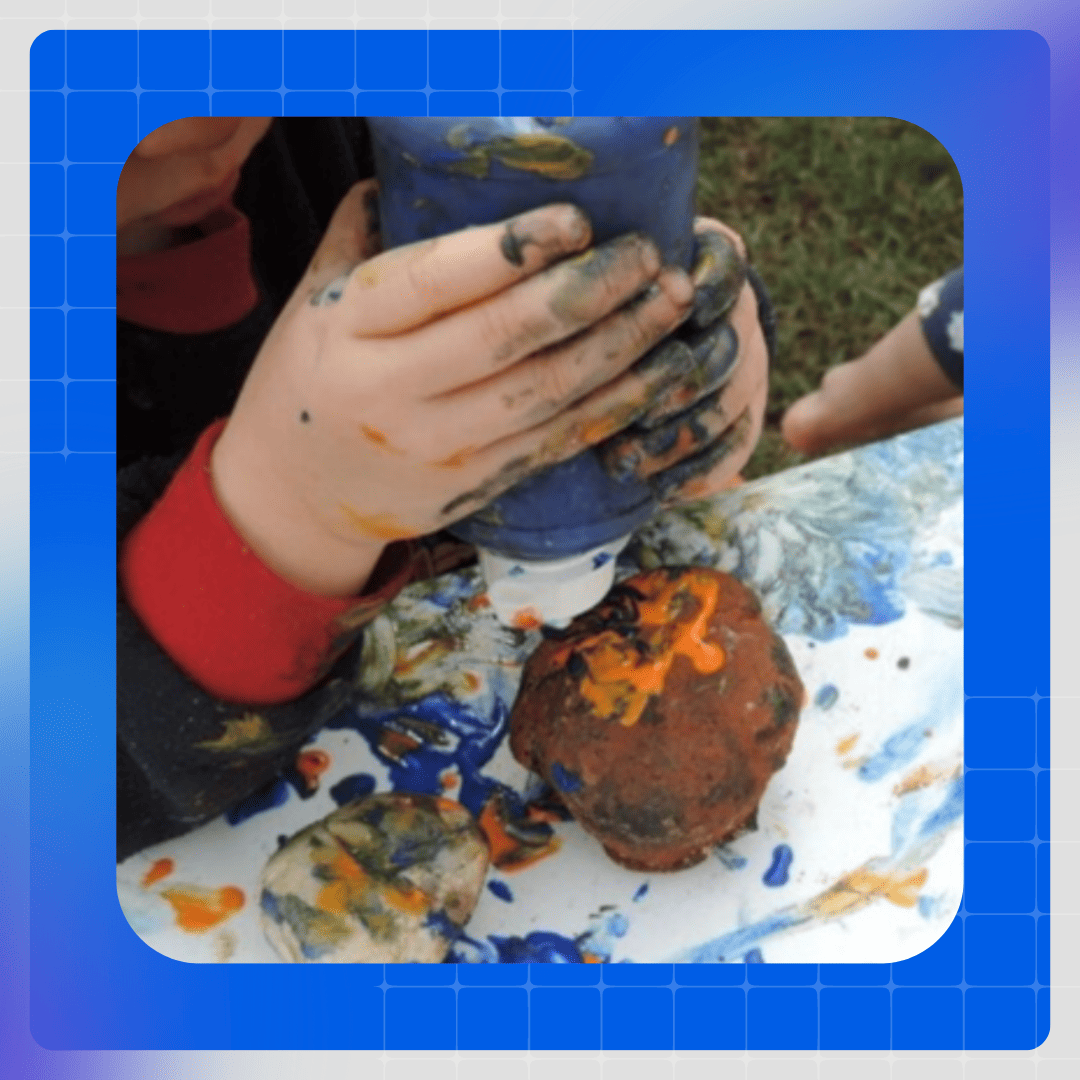
One child may love, even crave the feeling of wet, slimy paint on their hands even if they are provided with a 'mess free' painting tool.
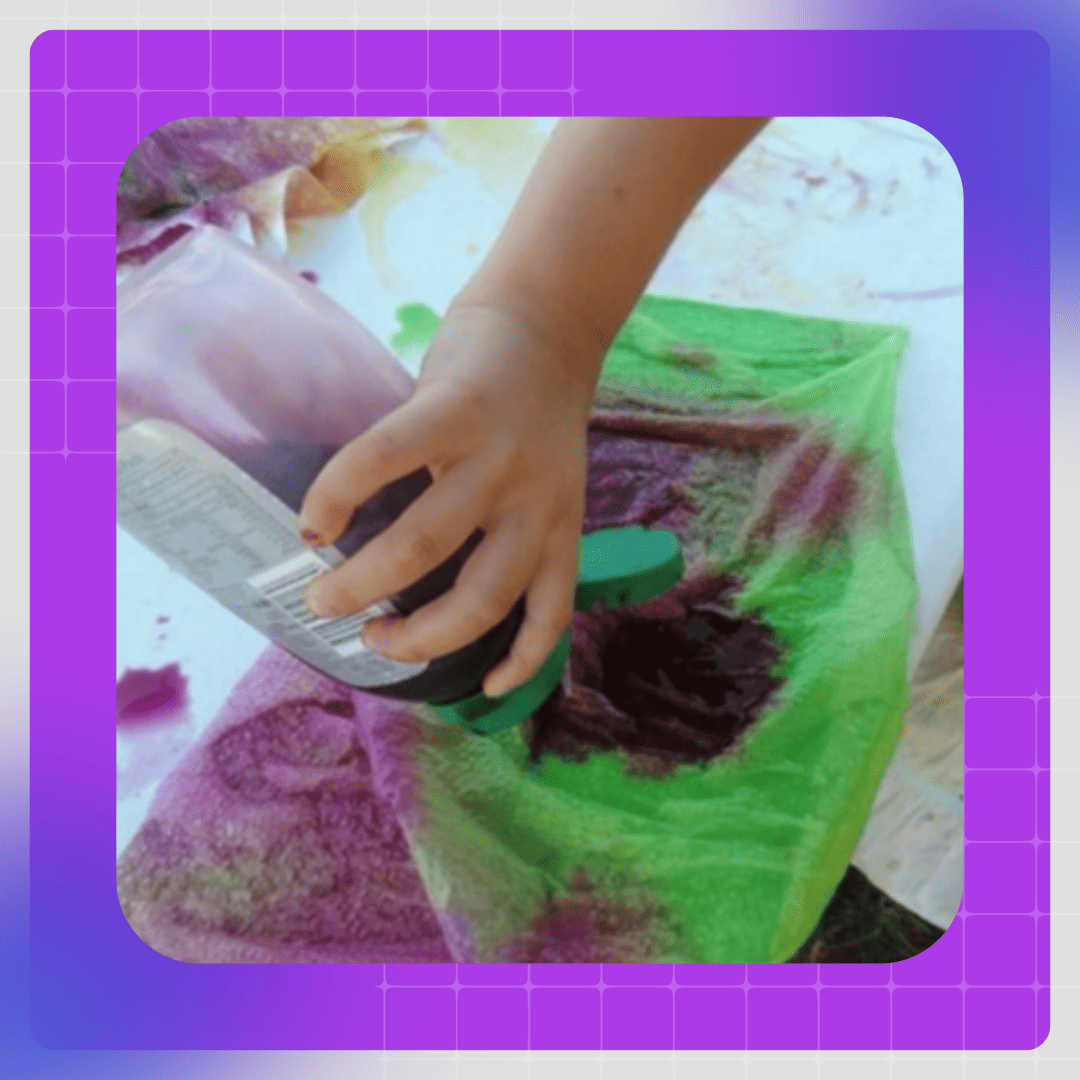
A different child might dislike the touch of paint or something wet on their hands and wouldn't participate in this activity without the 'mess free' painting tool option
Spotting Signals of Sensory Sensitivities
So how can we, as educators, recognise when a child may have particular sensory preferences or aversions?
Start by keeping an eye out for patterns in their behaviour and engagement when observing play and day to day routines:
Does the child avoid certain spaces or materials? Do they gravitate towards others?
Do they become distracted or upset during specific activities?
Does the child cover their ears, eyes, or nose in response to stimuli?
Here are some common signals that *may indicate* an underlying sensory need:
**Further observation and partnership with parents, carers and other professionals should always be your next step as it is not your role to replace a professional’s diagnosis - you can certainly provide lots of helpful and relevant information that will guide this decision faster though!
Common Signals...
Related Sensitivity...
When a child consistently demonstrates sensory-avoiding or sensory-seeking behaviours, it's a clue that environmental modifications may be needed to support their learning and participation.
Tuning into these signals allows educators to accommodate differences and remove barriers to engagement.
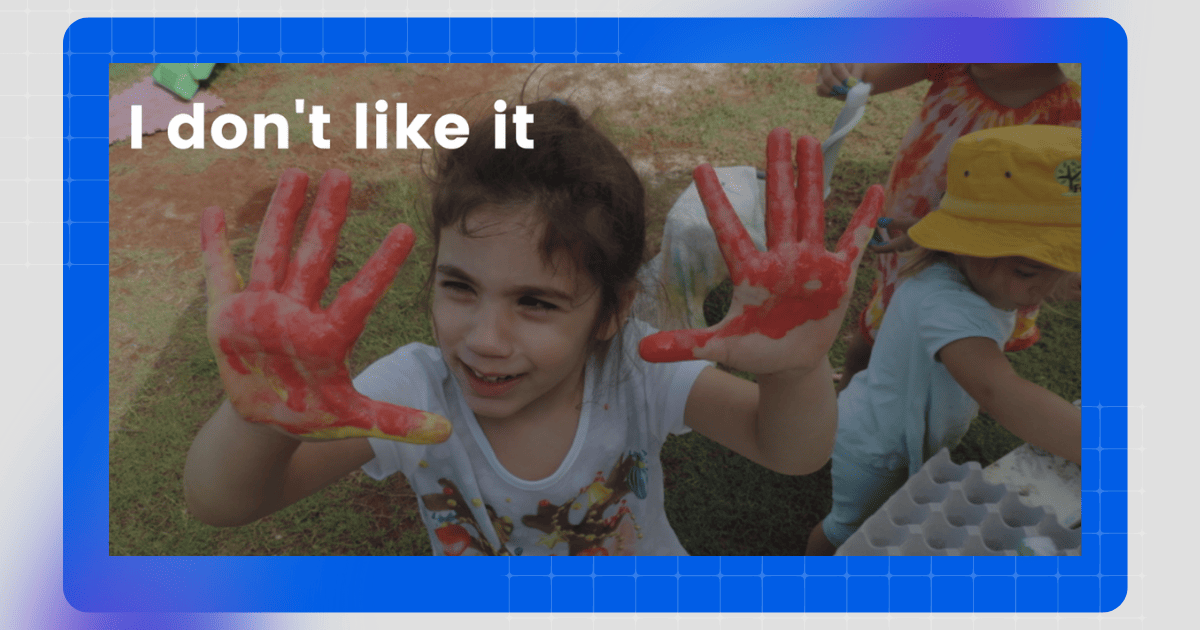
Here are two sample case studies that highlight the possibilities in scenarios you might identify with...
Example 1 - Tactile Sensitivity
Lucas, age 5, consistently kept his hands in his pockets during sensory play at the sand table and water tub. He avoided the textures of the materials and instead watched his peers from a distance.
When the group made collages with textured paper, Lucas only glued down the smooth materials. The educator recognised a pattern of tactile sensitivity after a number of previous, similar observations and made a note to explore and reflect on this further.
Example 2 - Auditory Sensitivity
Eva, age 4, would become very distracted and cover her ears whenever children used loud voices indoors. She had trouble focusing during music classes and avoided the noisy block area.
After a series of observations, the educator reflected that Eva displayed signs of auditory sensitivity, covering her ears with loud sounds.
So, what can educators do when they observe these types of behaviours over time?
Obstacles in Supporting Sensory Regulation Needs
While observing behaviours can provide clues, reliably identifying and responding to each child’s unique sensory needs can pose some challenges for educators.
Standard practices often take a one-size-fits-all approach, presenting the same sensory experiences to the whole group. But children process sensations in vastly different ways based on their preferences. Noises that delight some children may overwhelm others.
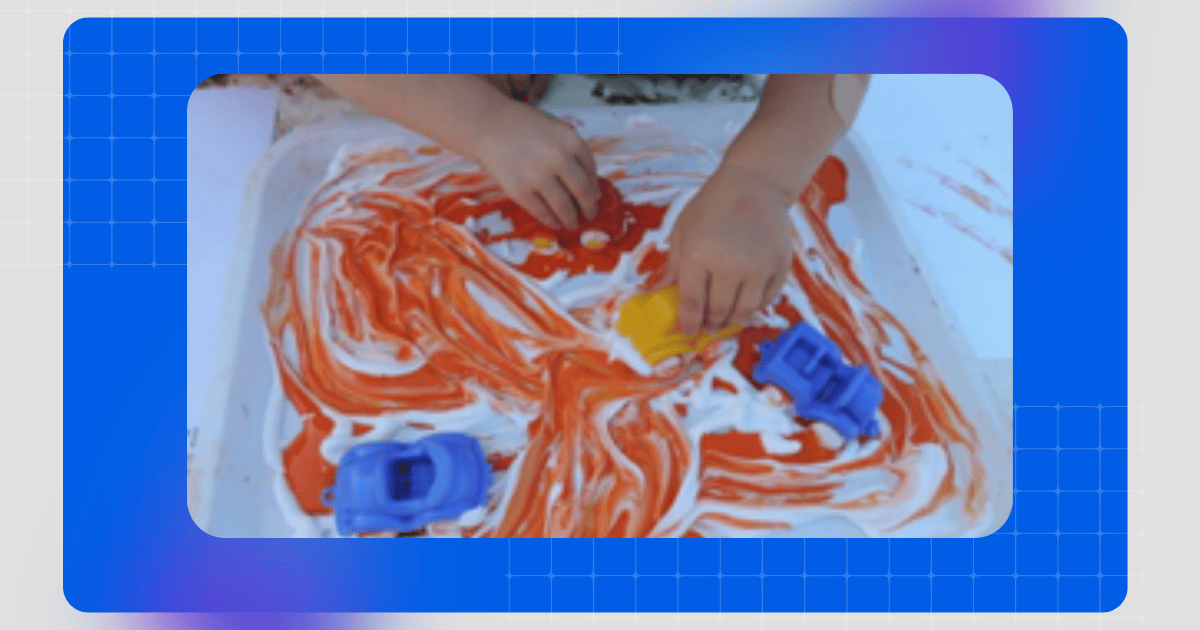
Traditional tools for assessment also have limitations in accurately gauging sensory differences.
Checklists and informal observations, while helpful, provide incomplete snapshots. They lack the objectivity and efficiency needed to capture subtle sensory patterns in busy early learning environments.
With growing awareness of sensory diversity, early childhood educators need more personalised, tailored methods to identify and accommodate each child’s preferences.
More efficient assessment means more time and resources to adjust environments and experiences to sensory needs instead of just writing about it.
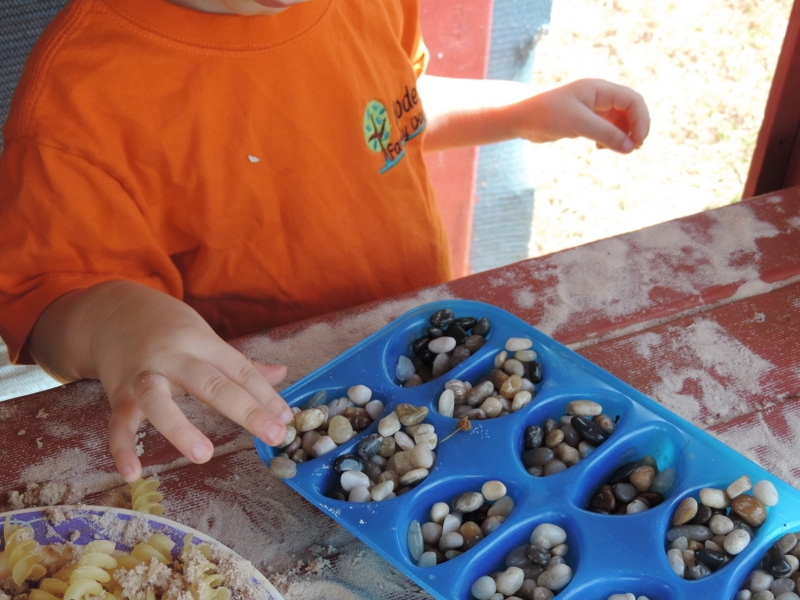
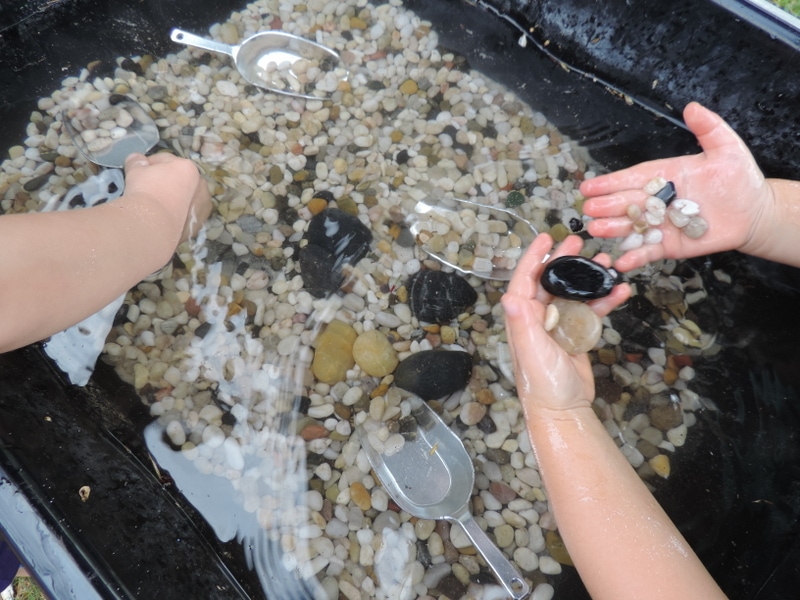
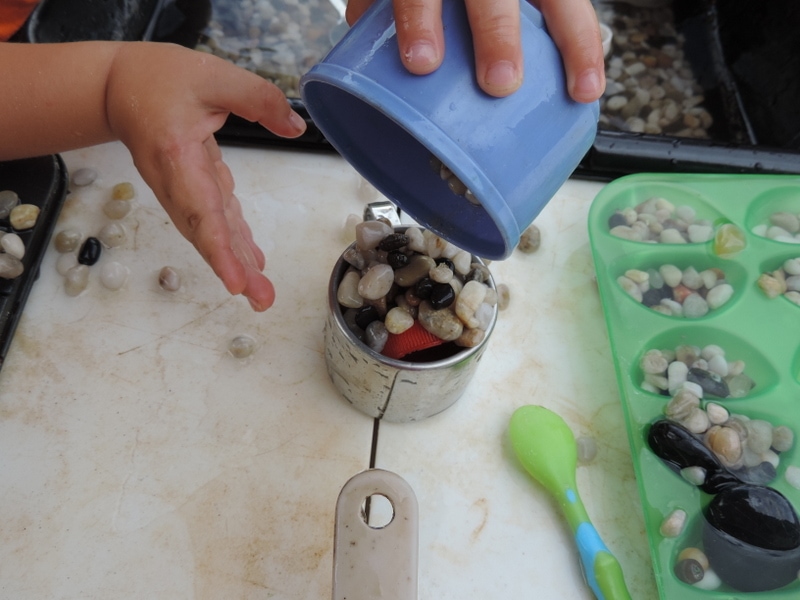
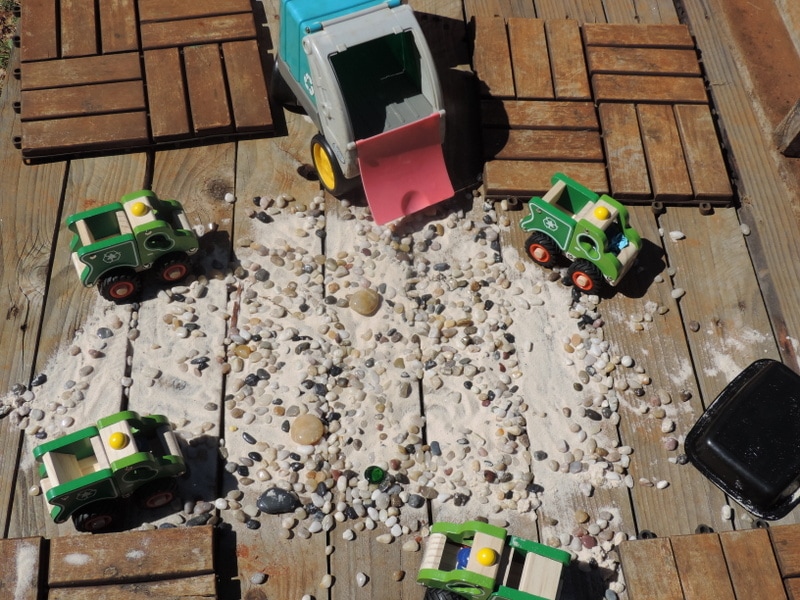
Partnering with families and occupational therapists provides indispensable perspectives -but additional tools and practical methods are needed to unlock a holistic understanding of children’s sensory worlds.
So could AI technology hold part of the solution for both educators and children?
YES! Let’s explore the potential of AI innovations like ChatGPT to complement existing practices in sensory assessment and support to find out how...
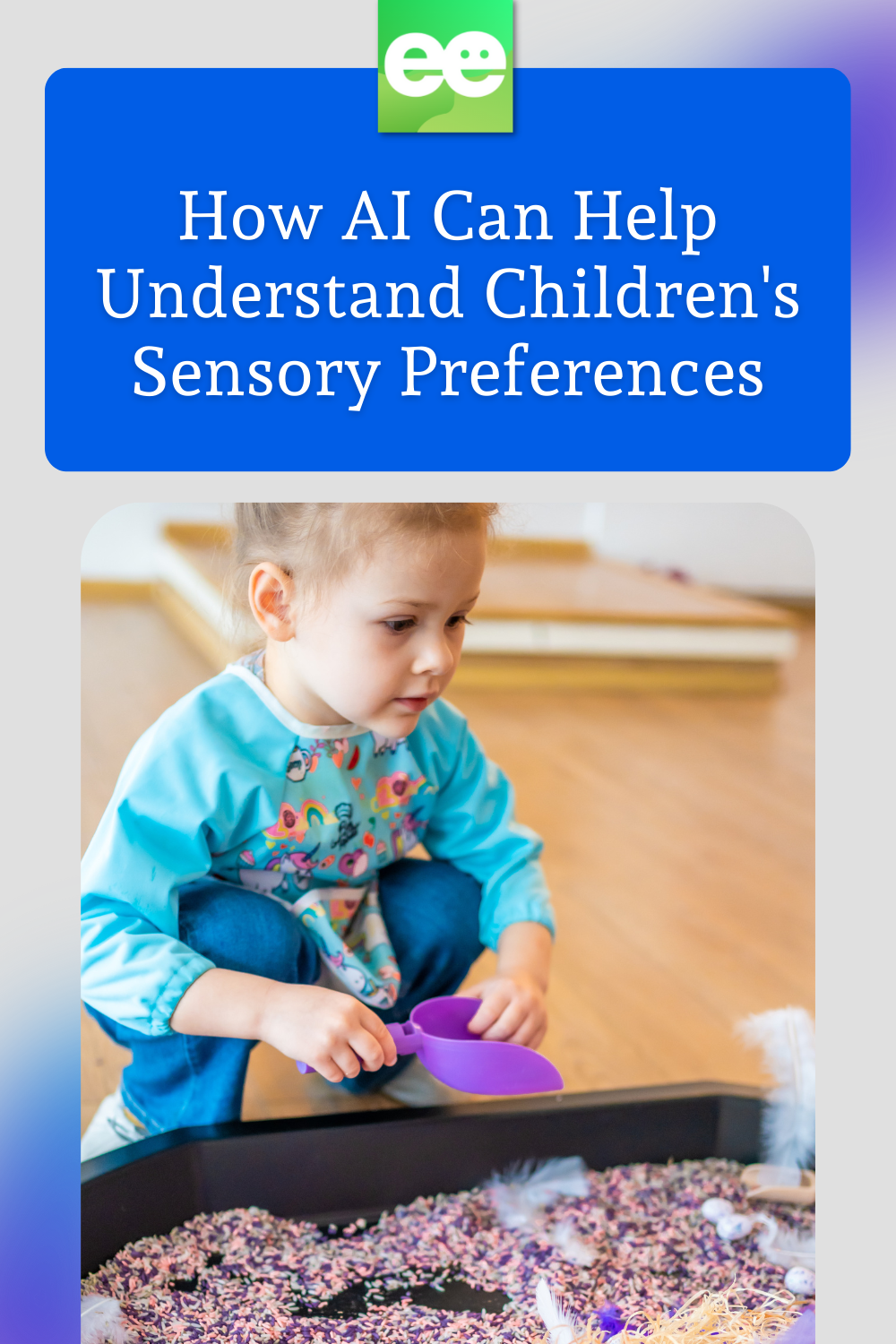
Introducing AI as a Tool for Identifying Sensory Patterns
In recent years, artificial intelligence (AI) has emerged as a promising tool across education and child development fields.
AI or 'Artificial Intelligence' refers to computer systems or software that can analyse data, identify patterns, and make decisions or recommendations.
Unlike traditional rigid computer programs, AI systems like machine learning algorithms actually improve and become more accurate over time as they process more data.
One example of an AI system is ChatGPT, a conversational chatbot developed by Open AI. It can generate human-like text responses to questions and follow-up prompts based on extensive training on online conversations and text.
While certainly not perfect or a magic wand educators can use to solve everything or do all their paperwork, ChatGPT can interpret concepts and make logical connections when given clear parameters by an educator who knows the child well.
By providing detailed observations to the AI tool, the information received back can then help us to decipher children's sensory patterns and pinpoint sensory differences faster...
Applying ChatGPT to Uncover Sensory Needs
I've been doing a lot of experimenting in this area and I can see that ChatGPT holds intriguing potential for helping educators in this way.
While still an emerging tool (we are only just at the start of exploring this exciting technology!), if used thoughtfully, ChatGPT could analyse behavioural observations to identify sensory patterns and needs more efficiently.
Let's break down the HOW into some simple steps to get a better idea of a possible workflow...
1. Gather Observations
Educators first gather concrete sensory-related observations of a child through best practise, common methods like:
- Anecdotal records
- Time sampling
- Sensory checklists
- Discussion with families
For example:
"Eva frequently covers her ears when children use loud voices. She avoids the noisy block corner and art area during free play."
2. Input Observation Analysis Summary into ChatGPT
The observational information is compiled into a written analysis summary and entered into ChatGPT. The educator then asks ChatGPT to analyse the summary they provide and identify potential sensory patterns.
Not sure how you’d do this?
Here is a simple template that you could use as an early childhood educator to input your observations into an AI tool like ChatGPT to help identify children's potential sensory needs - I’ve also included some examples for you:
Sensory Observation Input Form
Child's Name:
Child's Age:
Observation Date:
Observer's Name:
Context Notes:
- Behaviours noticed over 2 weeks
- Most evident during transition times
- Seems to distract from group activities
- Preventing participation in some learning centres
Behaviours Observed:
Covers ears when children loudly sing happy birthday
Cries when taken into loud gym area
Rubs hands along textured walls and surfaces
Fidgets constantly with nearby objects
Seeks out movement activities like swinging
Dislikes wearing socks or shoes
Gags at certain food textures
Enjoys smelling objects intensely
Squints when in brightly lit areas
Enjoys loud music and making noise with instruments
Guiding Questions (Prompts) for the AI Tool:
- What sensory patterns do you notice in these observations?
- What accommodations would you recommend I explore further to support this child?
- What other information would help you confirm or refine your interpretation?
3. Receive ChatGPT Insights
ChatGPT reviews the input and provides interpreted sensory insights. For example...
Example Interpretation & Response From the AI Tool:
Thank you for providing these thoughtful observations about this child. Based on the behaviours you noted, I would interpret some potential patterns of sensory sensitivity:
- Covering ears and crying in loud environments indicates possible auditory sensitivity to noise. The child may be overwhelmed by loud sounds.
- Fidgeting with objects, rubbing textures, and seeking movement suggests sensory-seeking behaviours and a need for proprioceptive and tactile input. The child may benefit from activities providing these sensations.
- Disliking socks/shoes and gagging at certain textures points to possible tactile sensitivities, especially on the feet and orally. The child may be avoiding unpleasant tactile input.
Please let me know if you have any other context that could help me further interpret these observations and suggest accommodations.
4. Always Validate Against Your Educator Expertise
Educators validate ChatGPT's inferences against their own professional knowledge of early childhood development and the child. Follow-up questions can refine the AI’s interpretation.
5. Apply Insights to Your Activity & Environment Planning
Validated insights can then inform specific accommodations and modifications to the learning environment and your forward planning that will better support the sensory needs that have been identified.
To support this child's participation and learning, I would recommend exploring accommodations such as:
Noise-cancelling headphones or ear plugs to dampen overwhelming sounds
Exposing the child to tolerable tactile sensations playfully and gradually
Providing advance notice before transitions to new environments
Fidget toys, textured objects and movement breaks to satisfy sensory-seeking behaviours
Adjusting food textures and materials to avoid negative reactions
**Input from the family and occupational therapist could also help validate my initial impressions. I'm happy to collaborate with you on meeting this child's unique sensory needs.
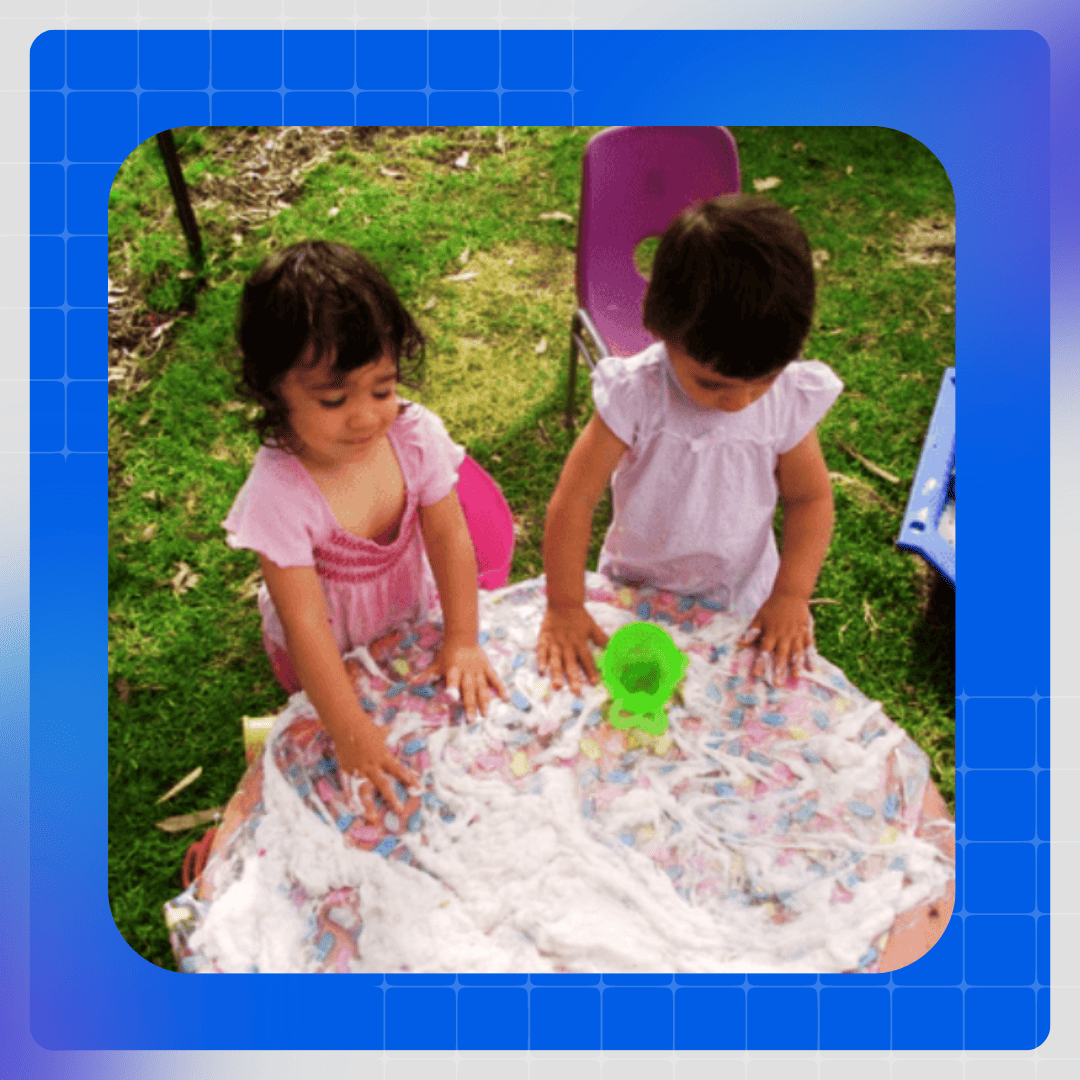
Once AI tools have helped to identify children's unique sensory needs, how can educators apply those insights to make their indoor and outdoor learning environments more accessible and engaging for all?

Setting up thoughtfully designed sensory areas within the early learning environment is an impactful way to accommodate and support children's sensory needs.
Jodie Clarke - The Empowered Educator
Sensory stations are one way to encourage children to independently explore and manipulate materials that provide specific sensory input they may be seeking or avoiding.
Here are a few ideas…
Sensory Calming Station...
This area would appeal to children needing to self-regulate from sensory overstimulation.
Educators can create inviting sensory zones with various materials and activities. For example, a sensory calming station may include items like:
Weighted blankets
Noise cancelling headphones
Aroma diffusers with calming essential oils
Mini fibre optic lamps
Soft textured pillows or beanbags.
Light material or curtains that help enclose the space
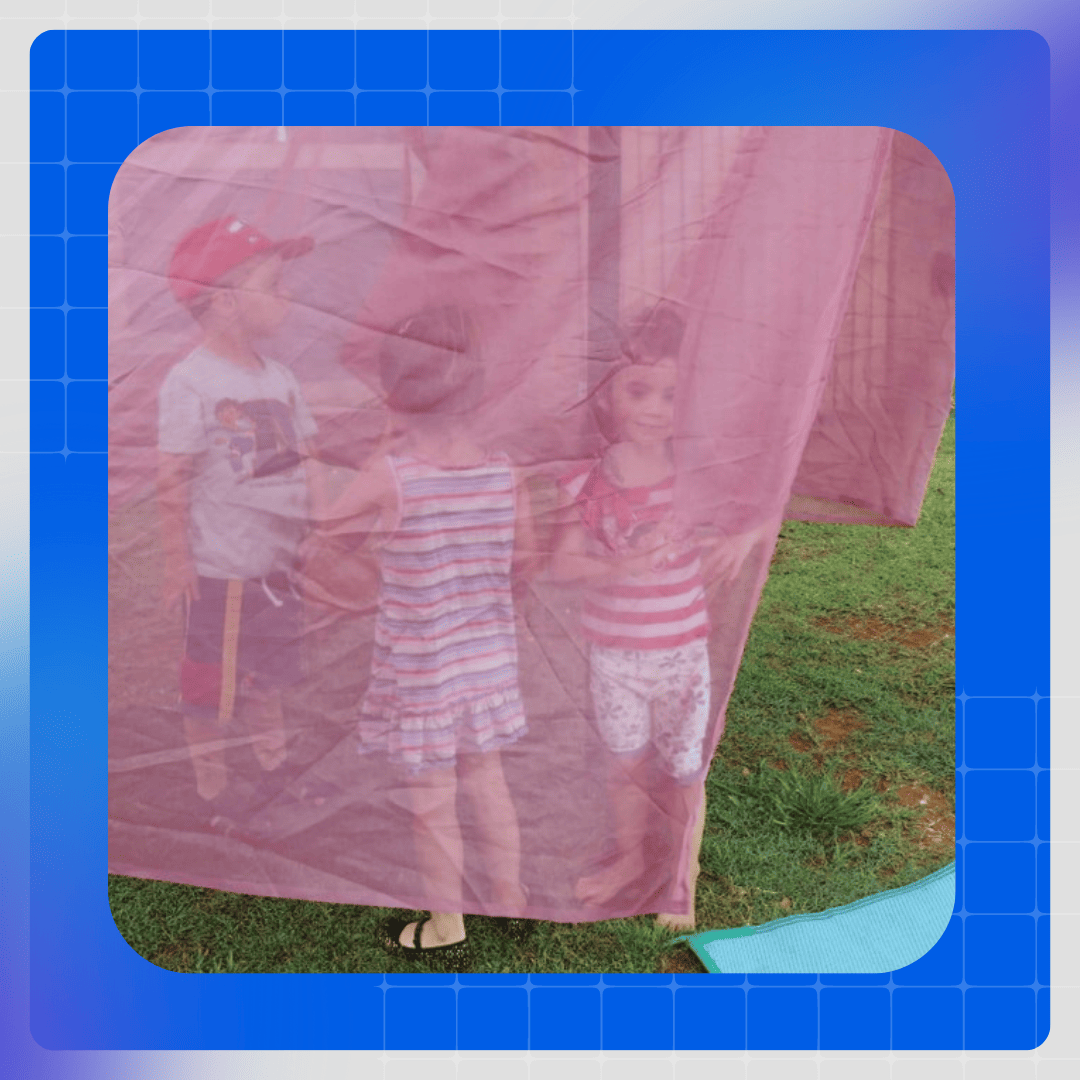
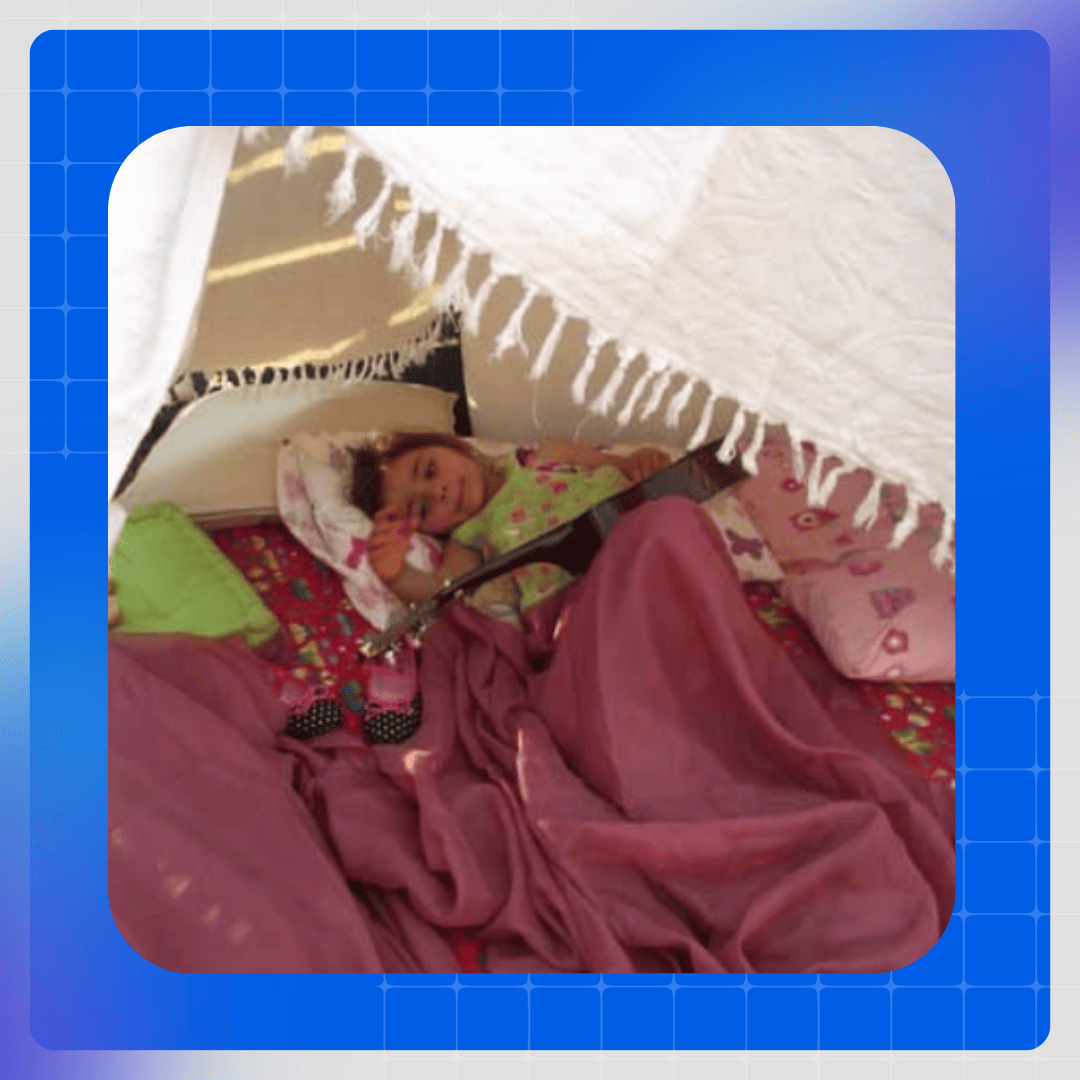
Sensory Seeking Station
On the other hand, an active sensory seeking station could provide materials like trampolines, mini indoor slides, stretchy resistance bands, textured fidget toys, vibrating massagers or chewy tubes.
Offering these stimulating materials helps sensory-seeking children meet their needs to touch, smell, hear and jump while indoors.
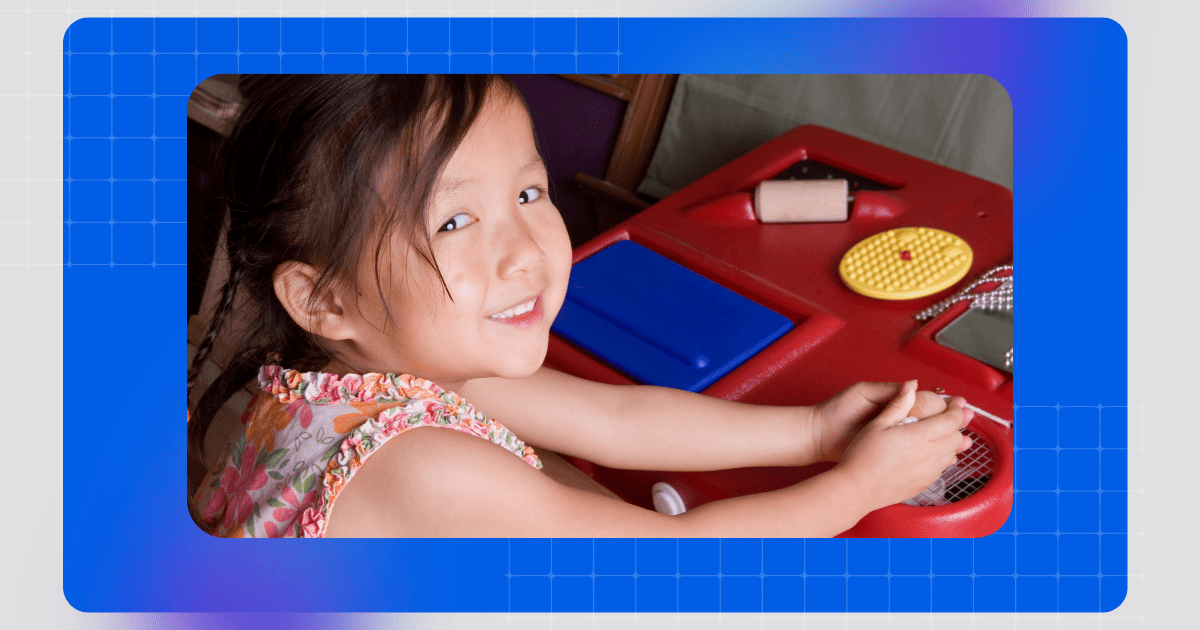
Ideas For Modifying Materials to Include in Your Play Spaces
Sensory stations should include a variety of materials to accommodate diverse sensory preferences. Provide options like:
- 1
Noise cancelling vs. noise making toys
- 2Fidget toys with different textures
- 3Materials for mouthing & chewing
- 4Cushions, mats, rocking chairs
- 5
Scented vs unscented sensory bins
With AI assistance in identifying children's sensory tendencies, educators can intentionally select and rotate station materials aligned to their needs.

Sensory areas promote self-regulation, learning through play, and meaningful participation and as you can see, there are many practical strategies educators can implement to adapt their early learning environments, activities and materials to support diverse sensory needs.
With small tweaks to the environment, children's engagement and participation can flourish.
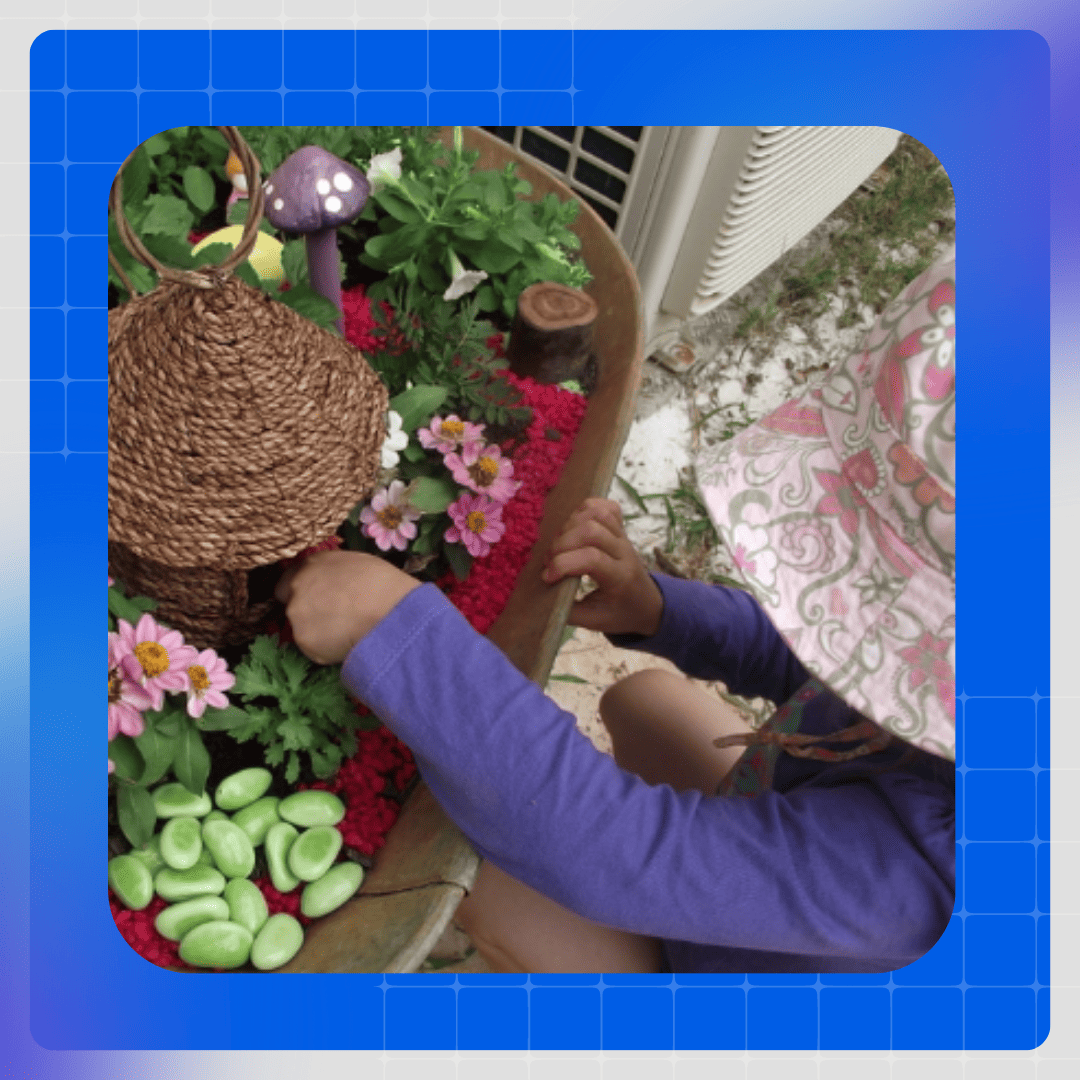
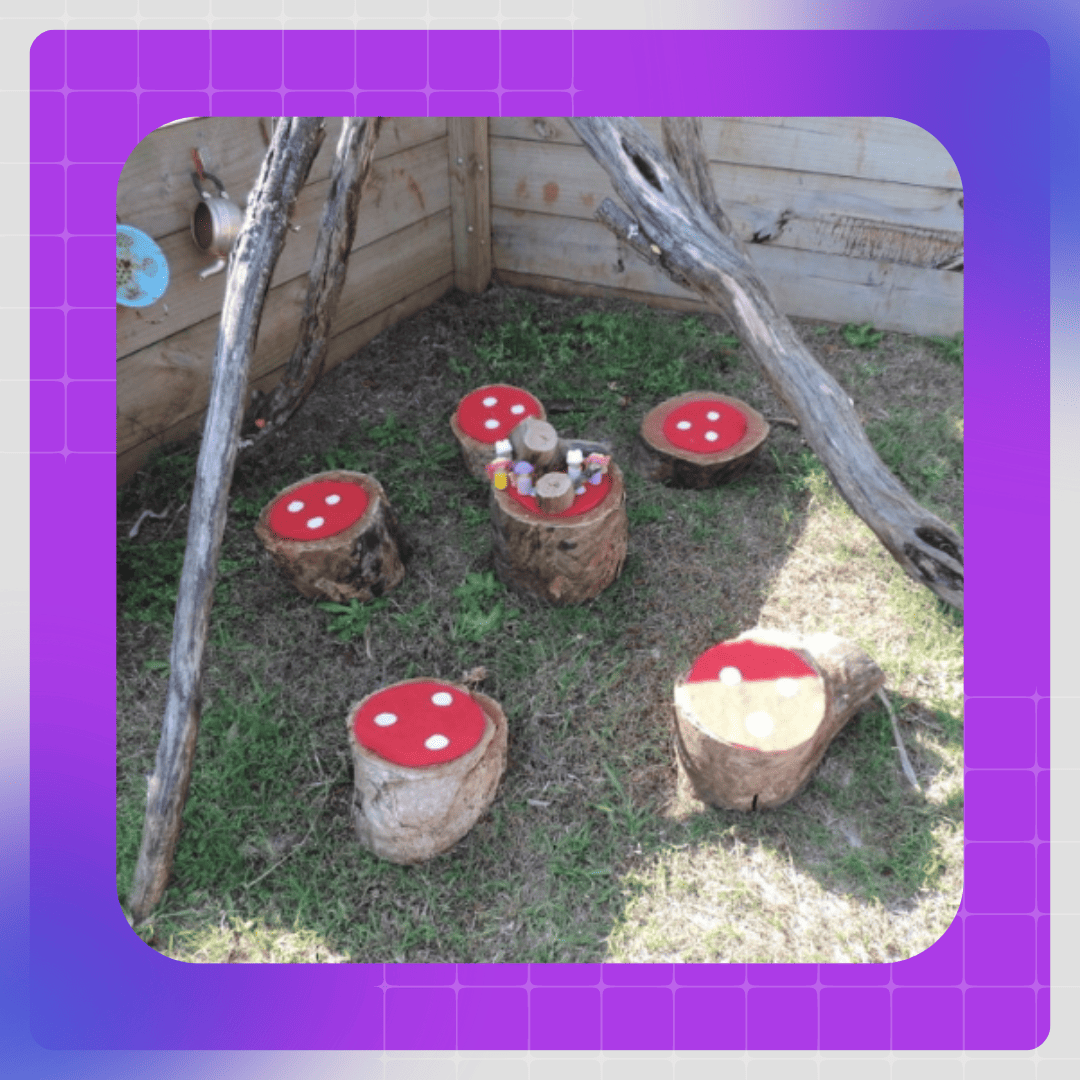
Here are some practical examples of how educators might apply the information received from an AI tool to help them support sensory needs within different early learning environments and service types…
Auditory Sensitivities
Juan was having trouble focusing in his busy kindergarten classroom. The AI assessment flagged auditory sensitivity, noting Juan became distracted by ambient noises and voices.


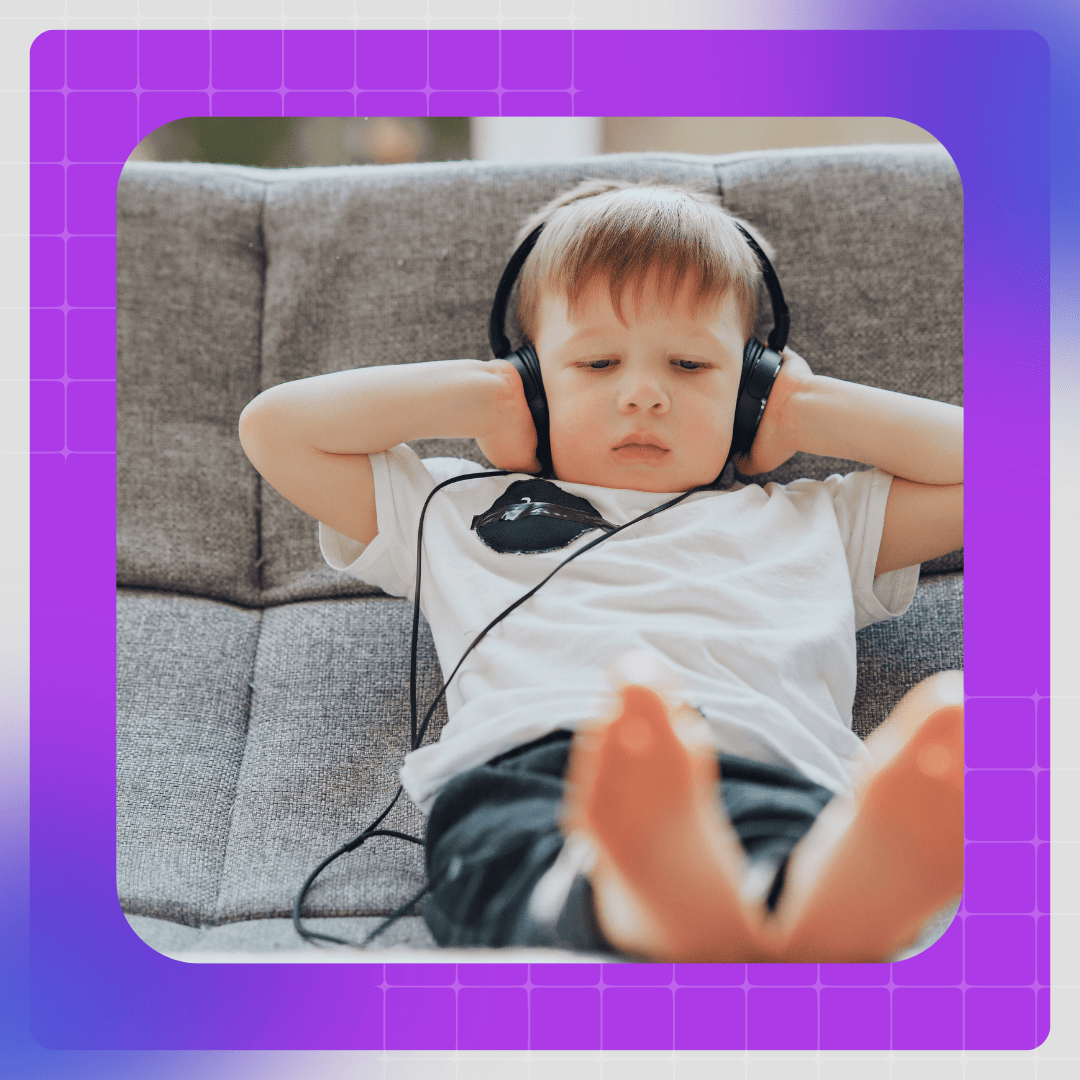
Tactile Sensitivities
Eva avoided sensory materials in her preschool classroom. The AI review of an educator’s observations highlighted tactile sensitivities.


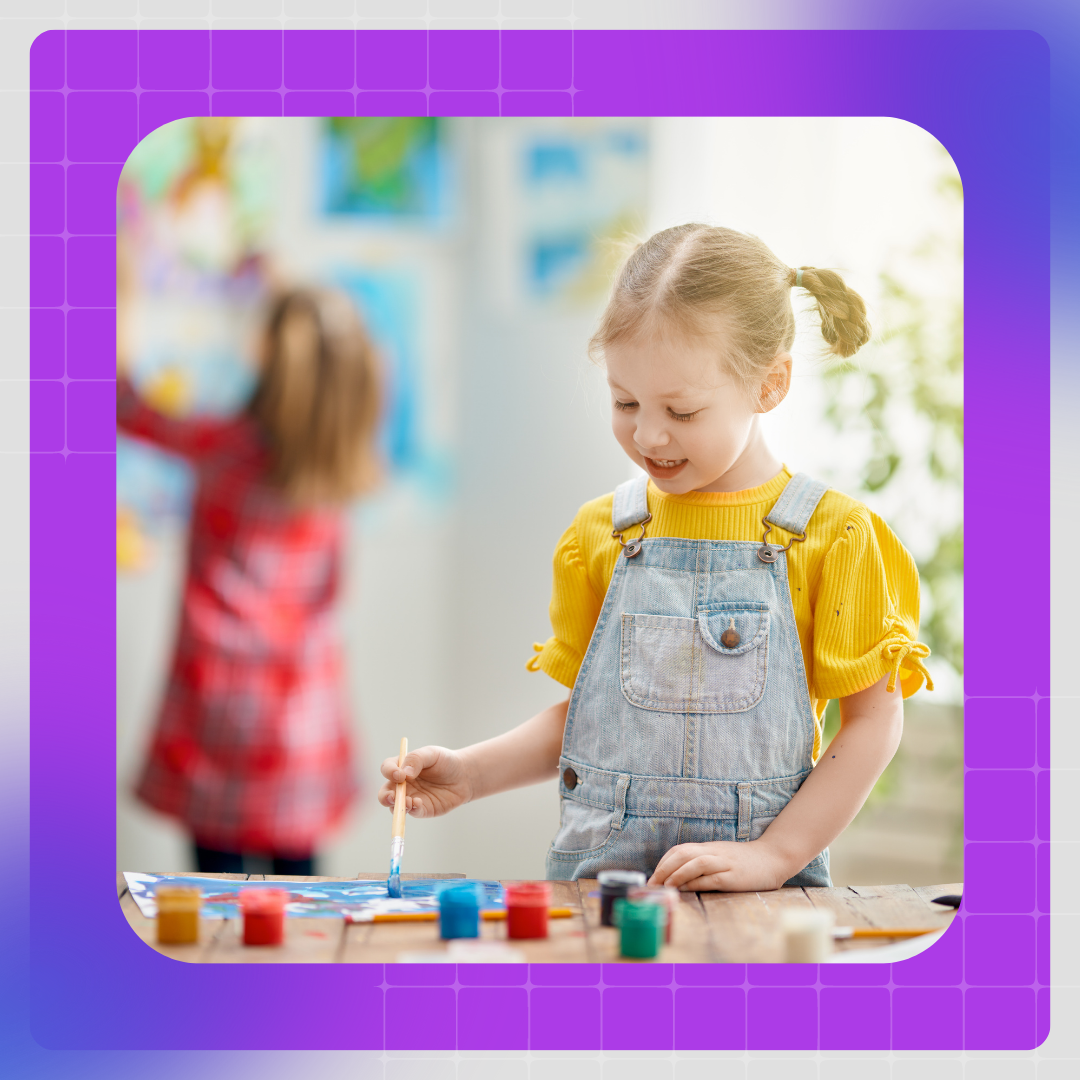
Oral Sensitivities
The AI summary for 2-year-old Caleb revealed oral sensory-seeking behaviours.


Proprioceptive Needs
Observations of preschooler Maya showed signs of sensory seeking behaviours. The AI analysis suggested Maya benefited from additional proprioceptive and vestibular input.

Here are a few more examples of how AI-assisted assessments could be used in different early learning settings:
Early Learning Centre
Educators noticed toddler James was very distressed when taken into the noisy, echoey kindergym room. They input a series of observations into an AI tool which flagged auditory sensitivity.

Preschool Room
Educators observed preschooler Sarah was very distracted by visual wall displays, avoiding circle time on the colourful rug. AI analysis suggested visual sensitivity.

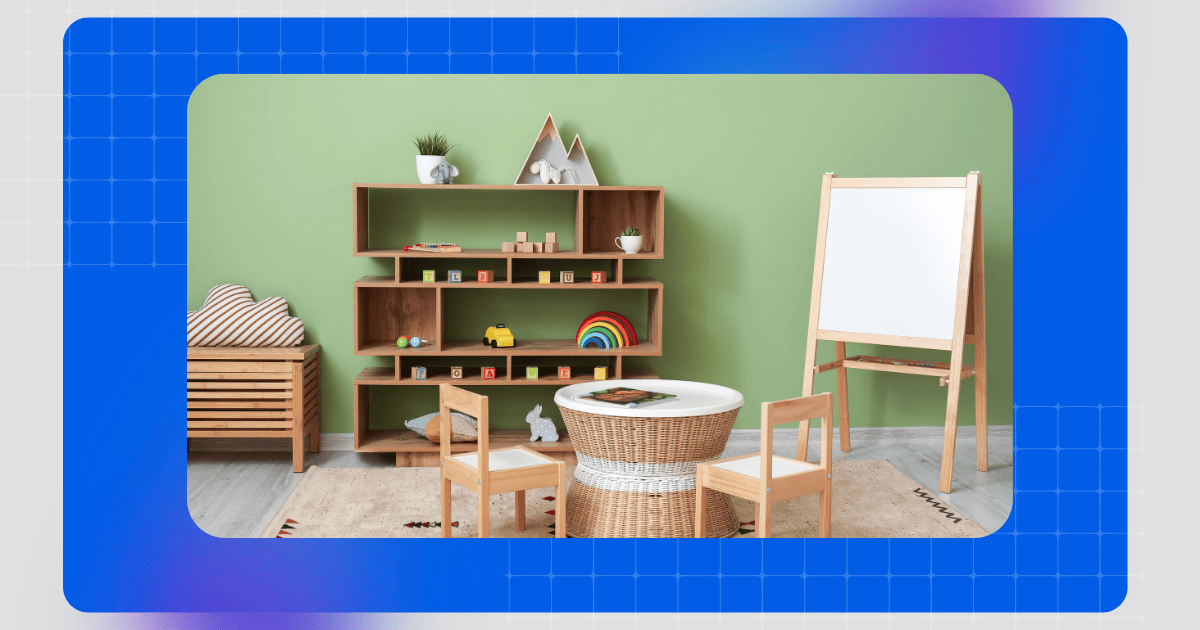
Family Daycare
Educator Lee observed new baby Evan repeatedly gagging with certain textures. She asked an AI tool to review her observations. The AI highlighted signs of oral sensitivity.

Kindergarten Classroom
Teacher Mrs. Jackson noticed student Zion had trouble focusing and was crawling under desks all the time. AI insights from her observations suggested a need for movement.


Making learning environments inclusive for diverse sensory needs allows all children to engage meaningfully.
Jodie Clarke - The Empowered Educator
Ensuring Equitable AI Use for Diverse Children
While AI tools like ChatGPT show potential for identifying children's sensory needs, how can educators make sure these new technologies are used fairly to support every child and ethics and confidentiality are upheld?
AI could be especially helpful for picking up on sensory differences in children with disabilities or extra needs. But unique information may need to be inputted, like family questionnaires or detailed documentation and assessments, alongside standard observations.
Educators need to carefully review any AI recommendations. AI systems can sometimes get things wrong in harmful ways if they don't have enough experience with different types of children.
For example, an AI might wrongly blame a child's sensory avoiding behaviour on preferences when it is actually anxiety or trauma.
Or it may miss signs of a sensitivity in certain children if its training data was too limited.
This is why it is so important to always validate the AI response by also using your early childhood training, experience and knowledge of the child.
Checking in with their families and drawing on the knowledge and experience of specialists is important and will always remain best practice.
AI shouldn’t be used as a ‘quick fix’ or ‘magic solution’ - especially when it comes to supporting children’s individual needs.
With thoughtful design and plenty of information gathered from the educator, AI tools can become allies in supporting us to meet each child's sensory needs. I believe that educators will play a key role in steering these new technologies to help all children equitably which is why it is so important to learn how to use them effectively sooner rather than later!
The Exciting Future of AI and Early Childhood Education
Throughout this article I've explored the emerging (and in my opinion, exciting!!) possibilities of AI tools like ChatGPT to enhance educators' understanding and support of children's diverse sensory needs.
While still in early stages, AI tools like ChatGPT show potential to help early childhood and early intervention professionals to:
- Analyse observations to identify patterns more efficiently
- Generate sensory insights faster than standard practices and methods
- Personalise recommendations tailored to each child
- Complement (not replace) educator expertise
However, thoughtful integration focused on inclusion, ethics and oversight is crucial.
I want to stress again that educators have an essential role in shaping these technologies to supplement their professional knowledge, not supplant it.
With AI as our ally, barriers to participation can be lowered as sensory challenges are uncovered more readily. With collaborative development centred on children's needs and voices, AI and early childhood education can grow together.
This next chapter of educator-AI collaboration is just unfolding. Let’s make it part of our professional development priorities to learn more about how we can move forward thoughtfully using the extra support of AI as our educational assistant to benefit not only our work but also the outcomes for children and their diverse needs.
A child’s sensory world is uniquely their own. AI can help educators honour those differences, but it must remain a compass not the map.
Always keep in mind the AI Empowered Educators mantra:
"AI Tackles The Tasks, Your Knowledge Makes Magic Happen”
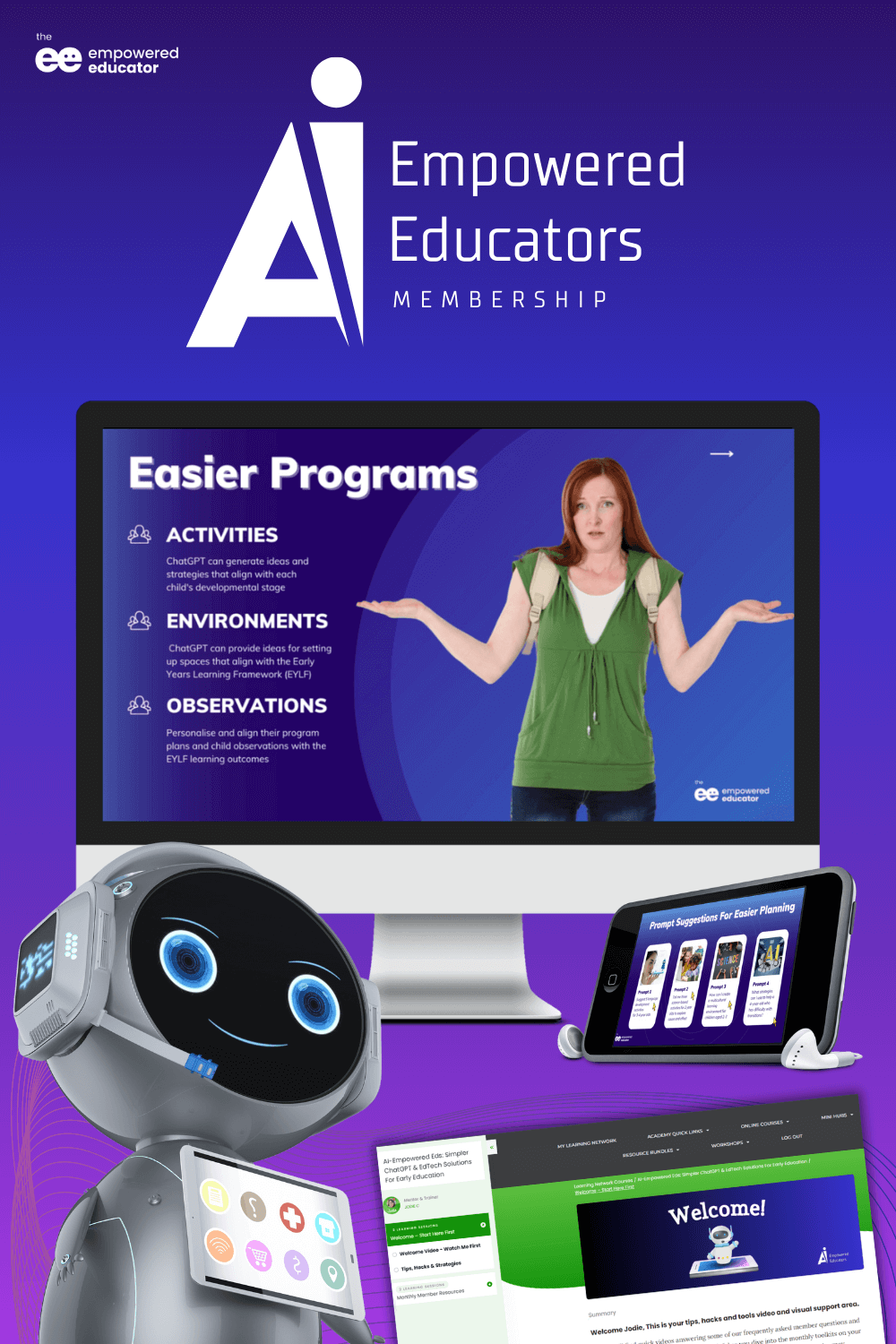
Not sure of your next step but want to start using AI tools like ChatGPT now?
I encourage you to keep learning about and exploring the power and possibilities of AI. Let ChatGPT complement your skills as an educator to build meaningful connections with children and take your planning and environment setup to the next level.
You do that by learning more about how to use AI in practical, ethical ways to make your planning easier but more meaningful - combining ChatGPT in partnership with your own expertise in child development and knowledge of the individual child’s strengths, needs and current interests.
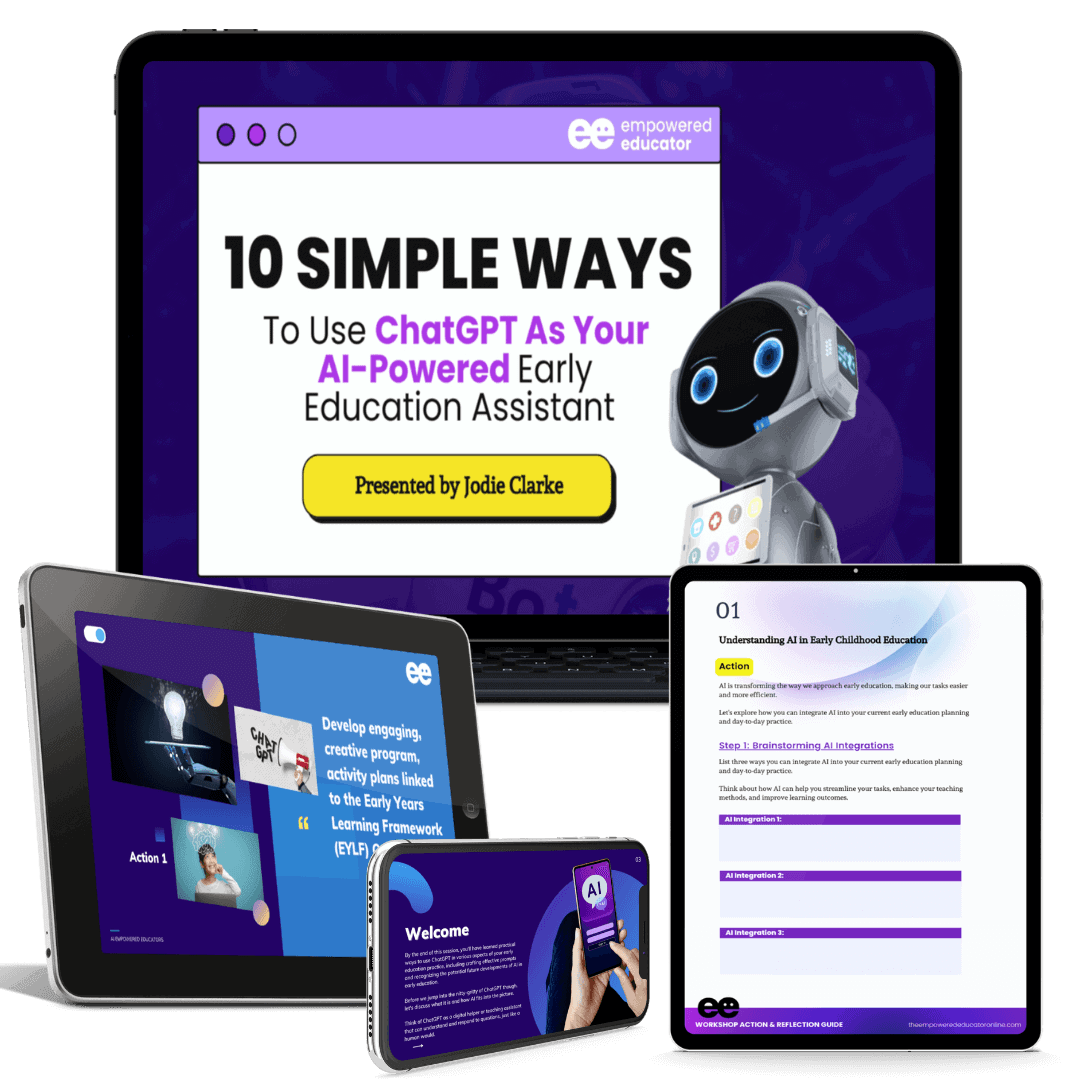
I’ve made that easier for you with my 'AI Empowered Educators' membership where you can access a new workshop every month, step by step action guides, reflection tools , exclusive done for you prompts database, tips, tricks and the latest updates in AI and education - all specifically tailored for early childhood professionals.

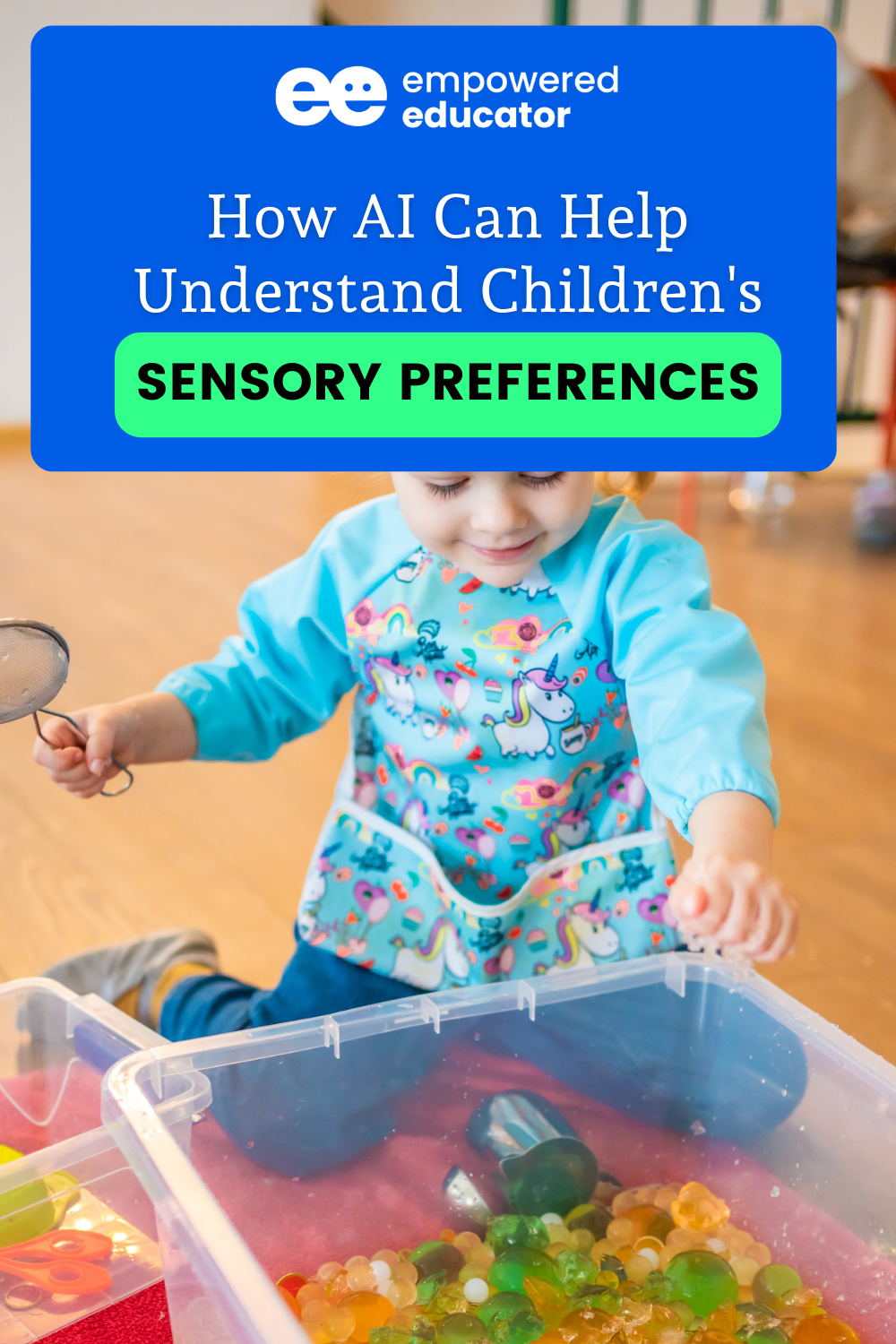
A Little About Me
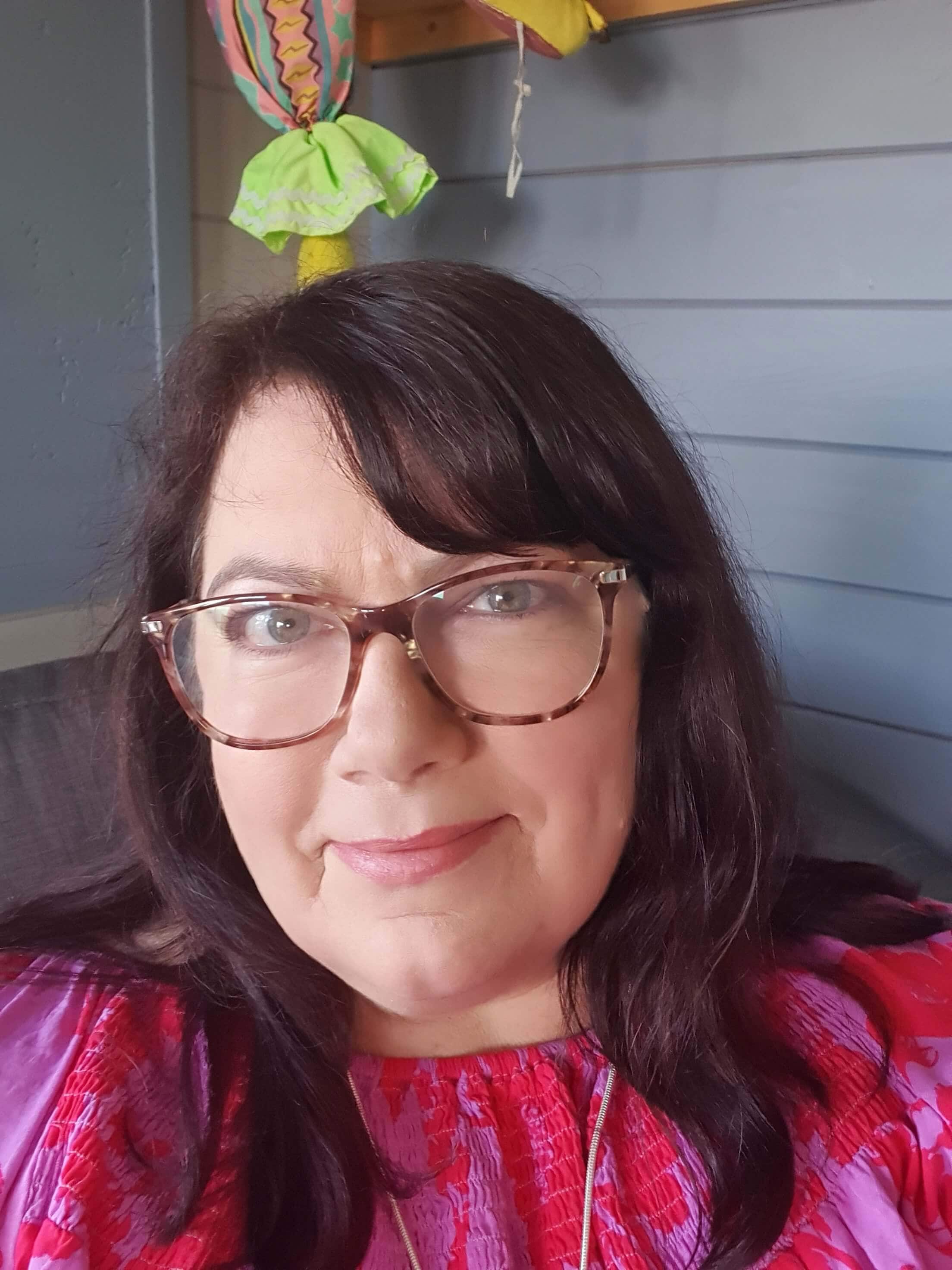
Jodie Clarke is an early childhood professional supporting educators who want and need to stay passionate about the work they do! She has 30 years hands-on experience in the early childhood and human services sectors across many different roles.
Jodie is mum to 3 in Australia and has already helped thousands of educators with their work through her popular blog posts, activity ideas, online training and e-books.


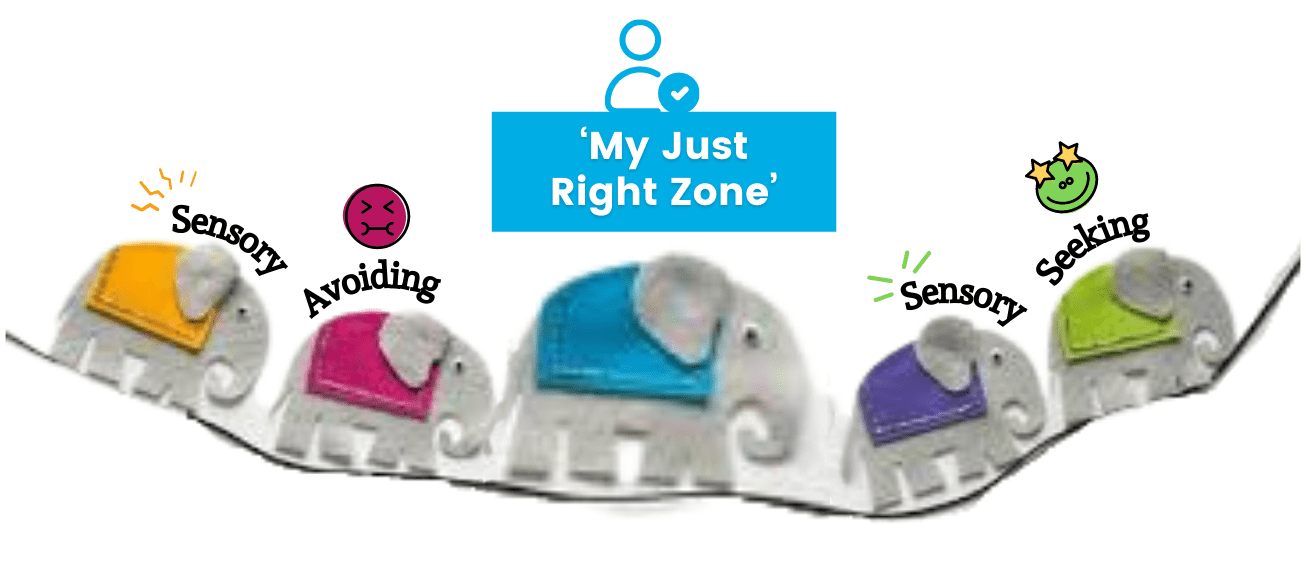
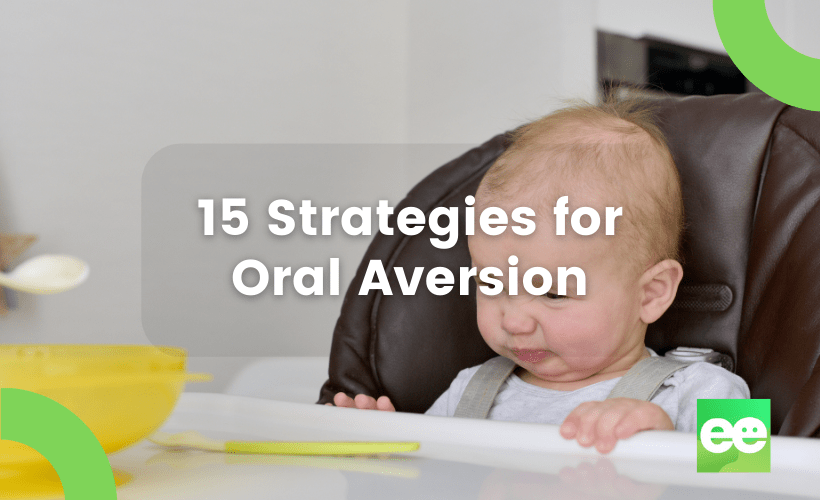
Leave a Reply